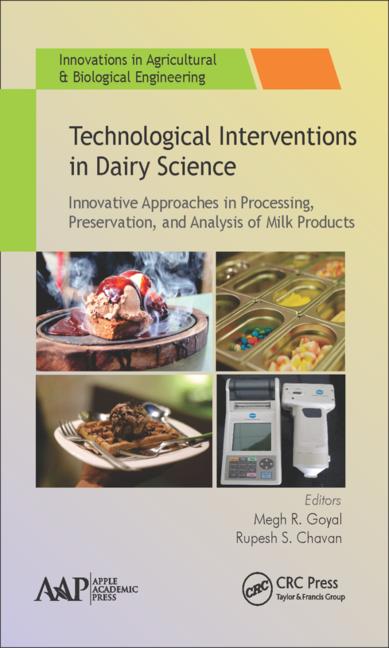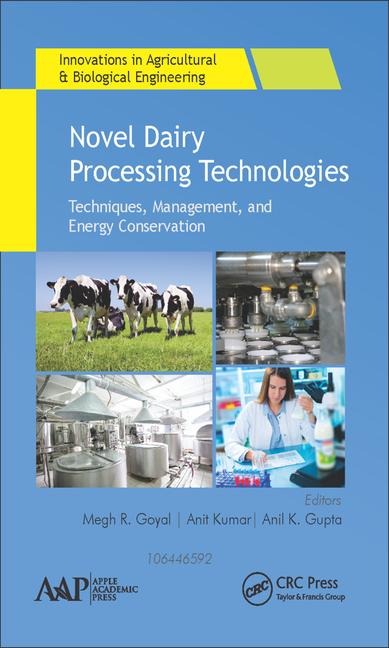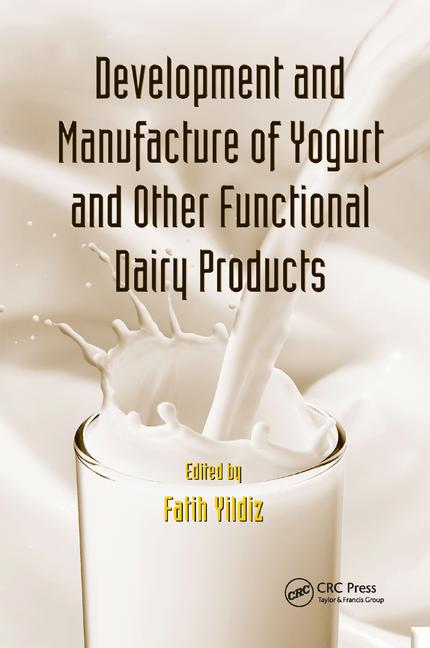Tetra Pak expands homogenizer offerings

Photo courtesy of Tetra Pak.
Tetra Pak expanded its homogenizer range with the Tetra Pak Homogenizer 15C and the Tetra Pak Homogenizer 20C, offering streamlined and efficient solutions for manufacturers seeking simplicity and flexibility without compromising on performance, the company stated.
Traditional homogenization often requires two devices, which are commonly referred to as “first-stage” and “second-stage”. However, Tetra Pak's experts have reimagined this by combining both devices into a single entity, the innovative HD21 homogenization device, allowing the required homogenization process and pressure adjustments to be conducted within the same compact machine with a single pressure adjustment. The HD21 homogenization device enables an energy reduction of up to 25% compared to a homogenizer using a conventional homogenization device, the company said.
"Homogenization is critical in many food and beverage production processes. But not all products or factories require complex machinery, so we took on the challenge to simplify the current state-of-the-art solutions to meet a broader range of our customer’s needs. By combining the first and second homogenization stages into a single device, we’ve created a flexible machine with fewer parts, which reduces both the initial investment and long-term maintenance costs. Both aspects that matter for our customers," said Fiona Liebehenz, Vice President of Key Components Plant Solutions and Channel Management, Tetra Pak.
The 2-in-1 solution, available with the Tetra Pak Homogenizer 15C and the Tetra Pak Homogenizer 20C, has only two components compared to six components in a conventional homogenizer. This not only reduces complexity but lowers the upfront cost and ongoing maintenance requirements for manufacturers. Additionally, Tetra Pak has addressed the challenge of asymmetrical wear of parts such as valves during homogenization. Whereas the uneven wearing of components would previously necessitate their replacement, the new line of homogenizers offer symmetrical wear parts which can simply be turned by the operator, doubling the lifespan of parts and reducing the overall maintenance costs for the device. This is further supported by access to Tetra Pak’s spare parts and maintenance program, which extend the life of all equipment and further lower the total cost of ownership for manufacturers, Tetra Pak said.
Looking for a reprint of this article?
From high-res PDFs to custom plaques, order your copy today!








